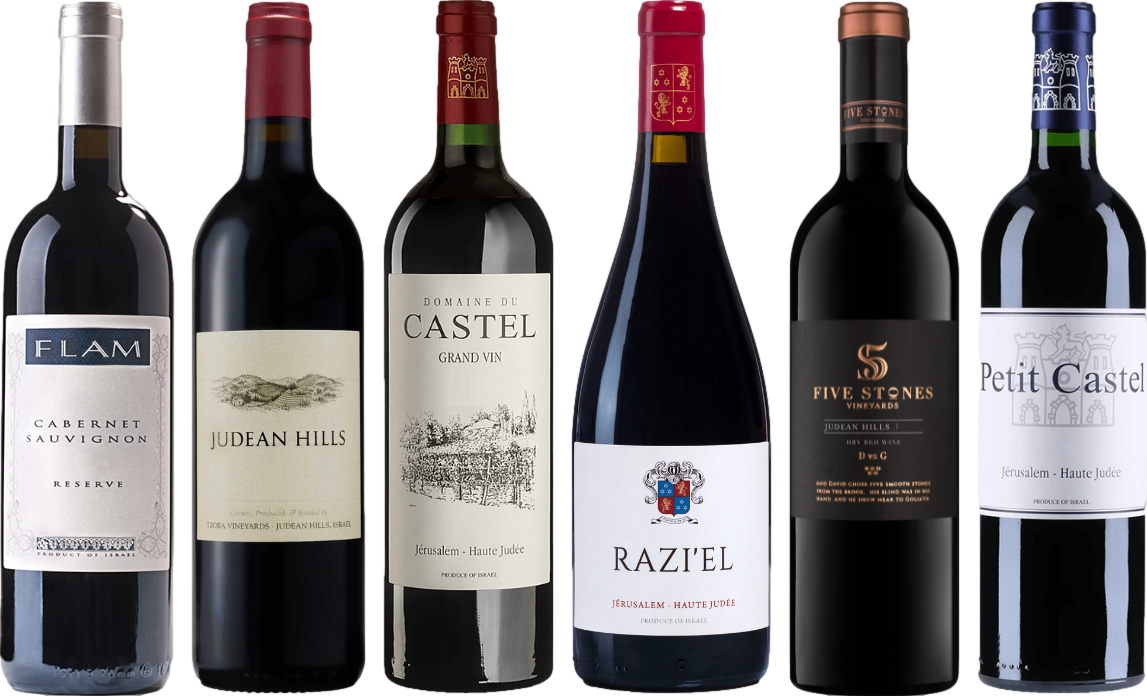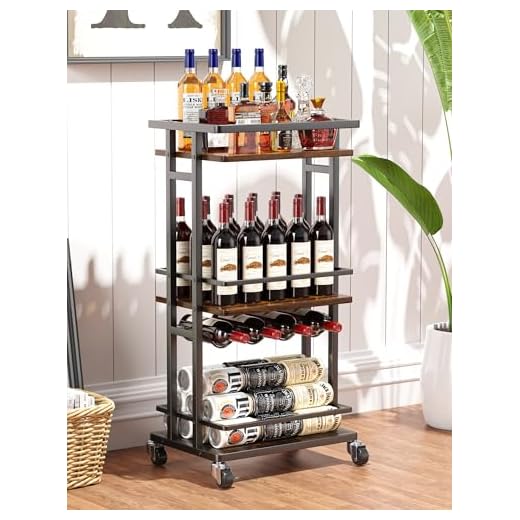



If you’re curious about the nutritional content of 5 servings of a classic beverage, you can expect approximately 125 to 150 units of energy. This estimate is based on a standard serving size and the typical alcohol content found in this type of drink. It’s important to consider how these values can vary depending on the specific variety and production methods.
When indulging in this beverage, moderation is key. The energy derived from alcohol can contribute to your overall intake, especially if you’re mindful of your dietary goals. For those who appreciate the complex flavors and aromas, it’s a delightful addition to meals or social gatherings, but remember to balance it with a healthy diet.
As someone who has dedicated years to the craft of wine service and education, I always encourage enthusiasts to explore the relationship between food and this classic drink. Pairing can enhance both the culinary experience and the flavors of the beverage itself. Enjoying this drink thoughtfully allows for a richer appreciation of its qualities while keeping your health in check.
Calories in 5 Servings of Burgundy Beverage
For a standard serving of 5 units of this delightful beverage, you can expect approximately 125 to 150 units of energy. This range is influenced by factors such as the specific type and brand of the drink, as well as the alcohol content.
Understanding the Impact of Alcohol Content
The alcohol percentage plays a significant role in the total energy content. Wines with higher alcohol levels typically contain more energy. For example, a bottle with 14% alcohol by volume may lean towards the upper end of the calorie spectrum, while those around 12% may be closer to the lower end.
Factors That Influence Energy Levels
Other components, such as residual sugars and additives, can also contribute to the total energy count. Sweet varieties often have elevated sugar levels, leading to a higher energy count. It’s beneficial to check labels for precise information regarding the particular bottle you are enjoying.
Understanding Caloric Content of Red Wine
For those who appreciate a glass of their favorite fermented grape beverage, knowing the energy provided can help manage dietary choices. Typically, a standard serving of this beverage contains around 125 to 130 units of energy per 5 ounces. This figure may vary based on the specific type and brand, as well as the alcohol content.
Factors Influencing Caloric Value
The energy content is influenced by several elements, such as the residual sugar levels, alcohol content, and production methods. Sweeter varieties tend to have higher energy units due to increased sugar. Additionally, stronger alcoholic versions generally contribute more to the overall energy count, as the fermentation process converts sugars into alcohol.
Making Informed Choices
Selecting a lower sugar variant or a dry style can be advantageous for those monitoring their intake. Pairing this drink with food not only enhances the culinary experience but can also impact how the body metabolizes it. For those looking to maintain an active lifestyle, it’s wise to balance enjoyment with awareness of these energy contributions. If you’re also considering home maintenance tasks, check out this guide on how do I clean my roof without a pressure washer.
Factors Influencing Caloric Value of Red Wine
The production method significantly impacts the energy content of a beverage. Fermentation duration, temperature, and yeast strain can alter residual sugars. Wines that undergo extended fermentation often have lower sugar levels, resulting in a lighter caloric profile.
Grape variety plays a crucial role as well. Varietals with higher sugar content at harvest yield sweeter options that naturally have more energy. For instance, Zinfandel and Merlot may have more calories compared to drier options like Cabernet Sauvignon.
The level of alcohol is another determinant. Higher alcohol content translates to increased energy, as alcohol contributes approximately 7 calories per gram. For example, a wine with 15% alcohol by volume will typically have more energy than one at 12%.
Residual sugar is a key factor as well. Wines with significant residual sugars, often found in late-harvest varieties, will have elevated caloric counts due to the sweetness that remains after fermentation.
Climate and terroir also influence the sugar accumulation in grapes. Warmer regions often produce riper grapes, leading to wines that are richer and more caloric. Understanding the region can provide insight into the potential energy content of the final product.
Finally, serving size affects perceived energy intake. A larger pour naturally increases the total energy consumed. Thus, being mindful of portion sizes can help manage overall intake while enjoying a glass.
Caloric Comparison: Red Wine vs. Other Alcoholic Beverages
In a 5-ounce serving, the caloric content of various spirits can differ significantly. Here’s a breakdown to consider:
- Light Beer: Approximately 100-150 units, depending on the brand and brewing method.
- Regular Beer: Around 150-200 units. Traditional styles like IPAs tend to be on the higher end.
- Spirits (e.g., Vodka, Gin, Rum): Generally about 100-120 units, but mixers can drastically increase the total.
- Sweet Wines: These can reach 150-200 units, particularly dessert varieties.
When evaluating options, consider not just the numbers but also the potential for pairing and overall enjoyment. A glass of a smooth Cabernet Sauvignon might offer a richer experience than a light lager, even if the caloric count is similar. Here are some practical takeaways:
- Choose lower-calorie options if moderation is your goal.
- Pairing selections with food can enhance the experience without excess consumption.
- Always check labels when available, as variations exist across brands and types.
Understanding these differences helps make informed choices, ensuring both satisfaction and mindfulness regarding intake.
Calculating Energy Content in Various Types of Vintages
To determine the energy content in specific grape beverages, start by noting the alcohol by volume (ABV) percentage. Generally, beverages with higher ABV carry more energy. For instance, a standard bottle containing a vintage with 14% ABV typically has around 125-150 units of energy per serving of 5 fluid ounces.
Different grape varieties exhibit distinct flavor profiles and sweetness levels, which also influence energy content. For example, sweeter varieties, such as Port or dessert types, can contain significantly higher energy due to increased residual sugars. A 5-ounce serving of these can exceed 200 units of energy.
Consider examining the production method as well. Fermentation processes that retain more sugars result in richer beverages, thus raising their energy counts. Sparkling types may vary too; for instance, Prosecco generally has fewer units than a rich Champagne due to its lower sugar content.
When assessing the energy value of various styles, it’s helpful to reference specific charts or databases that break down energy content by variety and style. Such resources often provide precise figures based on extensive analyses, allowing for informed choices when selecting your preferred grape beverage.
Lastly, personal preference should guide your selection. If you enjoy sweeter profiles, be mindful of the higher energy content, while those who favor drier options may prefer varieties with lower energy counts. Understanding these distinctions will enhance your appreciation and enjoyment of these delightful beverages.
Serving Size and Its Impact on Caloric Intake
Choosing the right portion is crucial for managing energy consumption. A standard serving of 5 fluid units can significantly influence your overall nutritional balance. Awareness of serving sizes allows for better choices aligned with dietary goals.
Understanding Serving Size
Typically, one serving is defined as 5 fluid units, which contains approximately 125-130 units of energy. This amount is often considered moderate for social occasions, but when consumed frequently, it can contribute to weight gain.
Recommendations for Responsible Consumption
- Stick to a single serving during meals to maintain moderation.
- Consider the frequency of consumption; daily enjoyment can lead to increased energy intake.
- Pair with food to enhance flavor while potentially slowing absorption.
- Be mindful of your overall lifestyle and activity level when determining how much to enjoy.
Balancing enjoyment with mindful consumption promotes a healthier relationship with beverages that contain alcohol. Adjustments in serving sizes can lead to significant differences in daily energy intake, supporting weight management and overall well-being.
Health Considerations: Calories and Beverage Consumption
Moderation is key when indulging in fermented grape beverages. Understanding the energy content is essential for managing one’s diet. A typical 5-ounce serving contains approximately 125-130 units of energy, which can impact daily intake if consumed frequently.
Impact on Dietary Goals
Incorporating these drinks into a balanced diet requires careful planning. If one is aiming to reduce overall energy consumption, consider limiting portions or choosing lighter options with fewer units. Pairing with meals can also help mitigate the impact on overall nutrition.
Health Benefits and Risks
While moderate consumption may offer certain health benefits, such as potential cardiovascular advantages, excessive intake can lead to adverse effects, including weight gain and increased risk of chronic diseases. It’s vital to assess personal health objectives and consult with a healthcare professional when necessary.
Practical Tips for Choosing Lower-Calorie Red Wines
Opt for varietals like Pinot Noir or Gamay; these tend to have fewer calories compared to heavier options like Cabernet Sauvignon or Syrah. When selecting a bottle, check for wines labeled as “light” or “lower alcohol,” as these often correlate with reduced caloric content.
Look for dry styles. Sweet wines typically contain more residual sugar, leading to higher calorie counts. Dry varieties are less sugary and provide a more balanced experience without the extra calories.
Explore organic or biodynamic options. These wines often have minimal additives and sugars, resulting in a purer, lighter product that can be lower in calories.
Pay attention to the alcohol percentage. Higher alcohol levels often indicate increased calories. Aim for wines with an alcohol content of 12.5% or lower for a lighter choice.
Consider serving size. Pouring smaller amounts can help manage caloric intake. A standard serving of 5 ounces is common, but reducing this can significantly lower the total consumed.
Review nutritional information when available. Some producers provide details on sugar content and calories, offering transparency that aids in making informed choices.
| Wine Type | Alcohol Content | Typical Caloric Content |
|---|---|---|
| Pinot Noir | 12-13% | 120-125 |
| Cabernet Sauvignon | 13.5-15% | 125-135 |
| Merlot | 13-14% | 120-130 |
| Gamay | 12-13% | 110-115 |
Engage with local wine shops or sommeliers. They can offer personalized recommendations and help identify lower-calorie selections that suit your palate.









